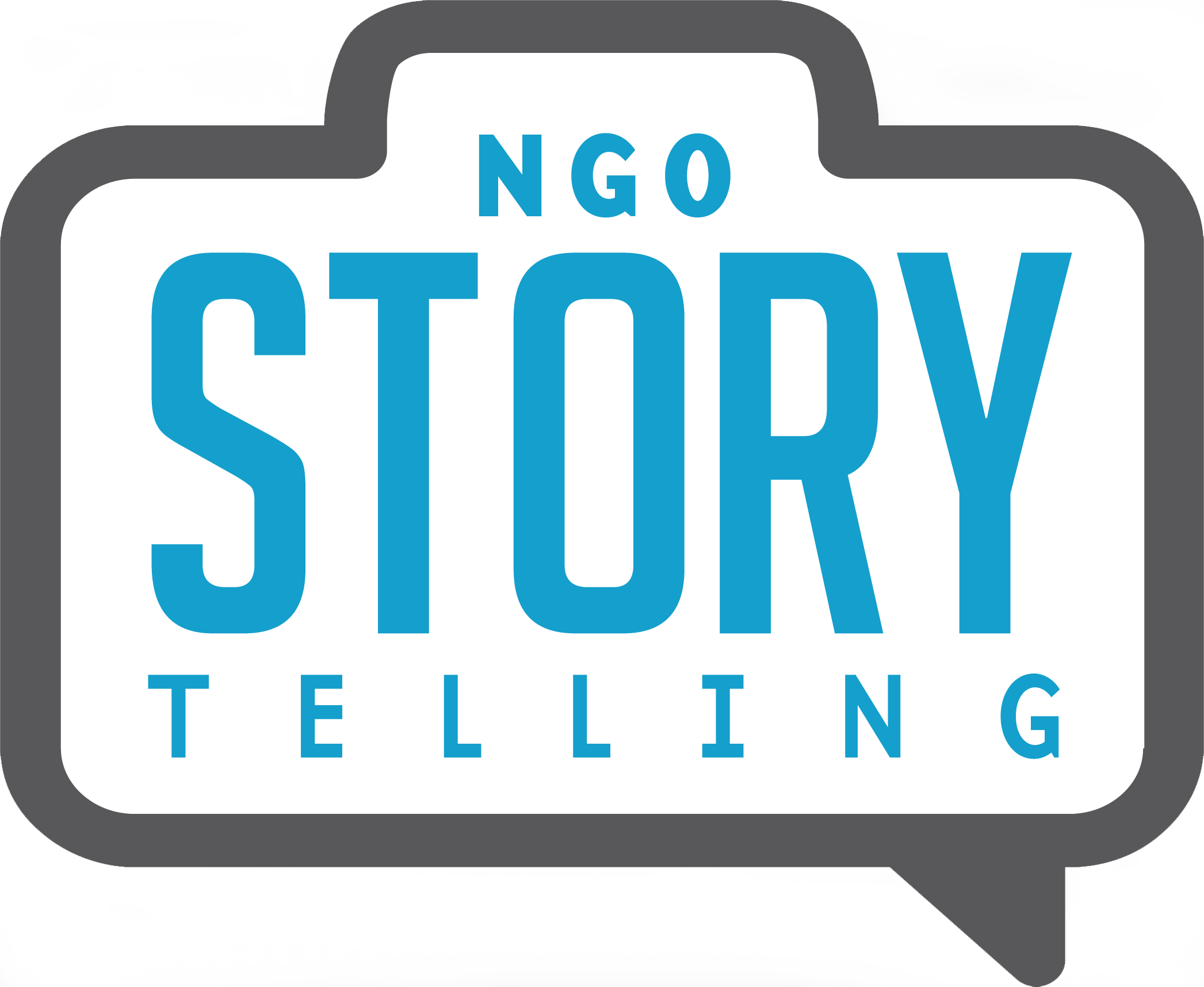What You Need To Record A Great Audio Interview
I know this sounds weird, but audio is the most important part of video and multimedia. People notice when audio is hard to hear or if the sound of construction is buzzing in the background. Sound has an amazing power to pull our attention away from or focus on our attention on visual elements. So, even though audio is strictly auditory, it’s also a visual medium. When we hear certain sounds or people we don’t know, we tend to visualize them in our mind. Audio works as a powerful tool to engage your audience, and we want you to be ready to use audio to bring your stories alive. The Gear
For a basic set up, you’ll need a camera or audio recorder with fully charged batteries and an empty memory cards, a microphone, and headphones (preferably over the ear headphones to block out external noise). I use my Nikon D800 and the ZoomH4N audio recorder to record audio with either a boom microphone, a lavalier microphone, or a Rode video microphone. When I first started shooting video I used the Edirol R-09 Recorder, which did solid work for me until I was able to afford to upgrade.
I know that not everyone can afford professional gear. If you are working on an extremely limited budget, you can use a recording app on your smartphone and a set of headphones with a built-in microphone. However, in this set up you won’t be able to hear the audio feed to monitor sound quality while recording because you will have your subject speak into the microphone on your headphones. If this is your only option I recommend buying a splitter for your headphone jack so you can plug in two sets of headphones (one for speaking, one for listening) at the same time. As phones without audio jacks become more popular, this type of setup will become increasingly rare. Be sure to check out Laura’s post on video interviews or my previous post on audio basics for more technical information. But remember that audio paired with photos or simple audio voiceover work well in storytelling.
The Location
You need to be as selective as possible about your location when recording audio. Spaces with little background noise are preferable, but you’ll want to avoid any empty spaces that could cause echoes. Unplug fans, refrigerators, air conditioning units, as anything nearby with a motor could cause an audible buzz.
I’ve recorded audio inside cars and under blankets. I’ve even rearranged rooms and leaned mattresses on their side so that echoe is reduced and the audio sounds better. Take control of the environment you are working in. Believe me, doing a bit of work on the front end of the interview will save you a lot of time in editing.
The Questions
Prepare your questions prior to the interview. You’ll want to ask questions that get your subject talking about themselves or their experiences. Avoid any yes or no questions. Mix open-ended emotional questions and logical questions in the interview.
Examples of emotional questions:
How did you feel when…..
What was that like for you?
How did you handle that?
Examples of logical questions:
What is your name?
Where are you from?
How did you learn about this nonprofit?
It’s important to note that when you edit an interview, you normally edit out the questions that you asked. So it’s quite important to remind your subject to answer the questions in complete sentences and to incorporate the questions into their answers. You need to pay close attention to this during the interview and may have to stop the subject several times in the interview and ask them to reword their answer.
Example:
Interviewer: What is your name?
Subject: Lisa
Interviewer: Can you repeat your answer and say, “My name is Lisa.”
Subject: My Name is Lisa.
Perhaps the most important part of being a good interviewer is simply to be quiet. It’s human nature to speak when it’s quiet; many of us feel uncomfortable in silence in the presence of others. But start practicing being quiet while interviewing even if it’s awkward at first. Ask your question and be quiet; allow the subject time to answer. Once they’ve answered, be quiet. Often, the subject will want to fill the quiet and will offer more details. The quiet is where great storytelling occurs.
The Edit
I normally transcribe the entire interview before I edit. I prefer to use Transcriva or hire a transcriber from Rev.com. I listen to the file and read through the transcription, and then highlight any sections that show true emotion or assist with the narrative. Then I use the CCCRC formula to edit the story back together in the most compelling way possible. It’s a fun process that feels like solving a tough jigsaw puzzle!
I generally edit audio in Adobe Premiere Pro, but have found that Audacity is also a great free audio editing software. Audio editing takes practice, but I’m confident you can learn as well.
Laura and I strongly support participatory story collection and collaborative editing. For us, this means receiving informed consent (i.e., the subject knows why we are making the film and how we intend to use it) and we return to our subject after we’ve edited any media to make sure that they approve and support the way their story is represented. We recommend that you start incorporating these processes into your work as well.
What to learn more? Have questions about recording audio? Leave a comment below or drop us a line at hello@ngostorytelling.com.
